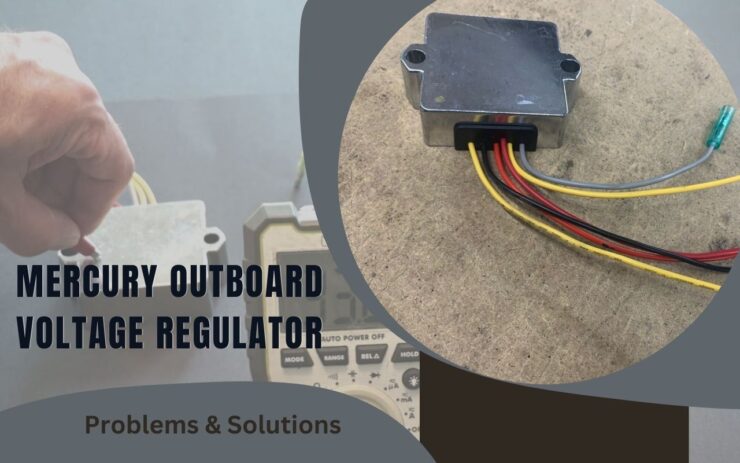It’s not always easy to maintain all the parts of a mercury outboard problem-free. You can sometimes face many problems in the different parts of a Mercury outboard.
Just like that, you can also face different kinds of problems due to a bad mercury outboard voltage regulator.
So, do you know about mercury outboard voltage regulator problems?
Well, a bad mercury outboard voltage regulator can cause different kinds of problems.
Like, damage to a stator, the voltmeter, and the tachometer showing erratic data, making the battery dead or overcharged, problems with the start of the engine, etc.
The solutions are very much common for all of them.
Wait! That’s just a summary of the article. You should know more about them. To know more about them, keep reading the article.
So, it’s time to make a start!
Table of Contents
ToggleTroubleshooting of Mercury Outboard Voltage Regulator Problems
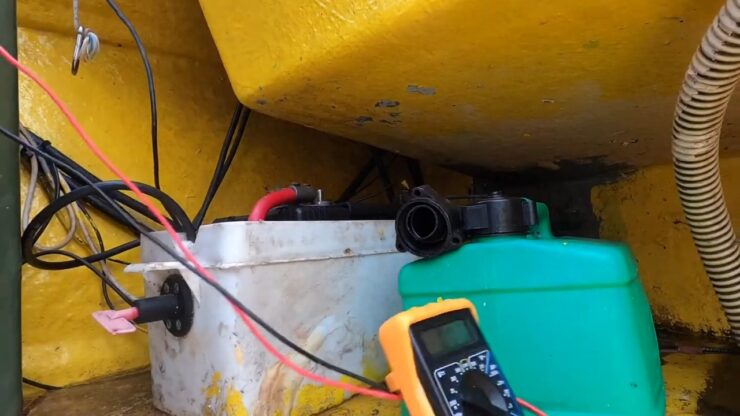
While using a mercury outboard, you can face many kinds of problems. But the main problem is to identify where the location of the problem is.
In this article, we will show you all the problems which can occur because of a bad mercury outboard voltage regulator.
And for your help, we have also explained the reasons and their solutions in an expert way.
So, what are we waiting for? Let’s learn all about Mercury outboard voltage regulator problems and solutions.
Let’s start!
Problem 1: Erratic Readings of Voltmeter
A first and most important problem of a faulty mercury outboard voltage regulator is voltage fluctuations. You will not have a normal Voltmeter reading.
It will show you different readings for the same situation.
The Voltmeter will show you abnormal or erratic readings.
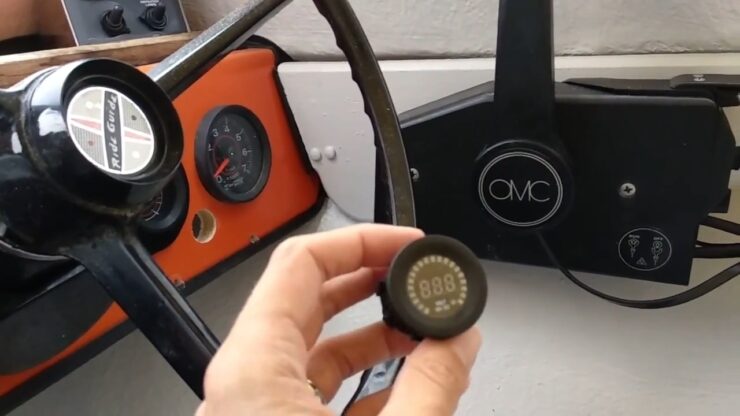
You can easily notice this problem in some common situations. Like, if you try to throttle, your voltmeter will show you low voltage but it’s not the actual case.
You also notice voltage fluctuations, especially when the outboard motor is warm.
Have you noticed any kind of voltage fluctuations or problems in the readings of the voltage? Then probably there are some problems in the voltage regulator.
Solution
First of all, you should check if there is any problem with the Voltmeter or not. It can also happen that the voltmeter is showing faulty readings due to its own fault.
If there is no problem with the voltmeter, then you should check the mercury outboard voltage regulator.
Because a voltage regulator works with the voltage of the outboard.
If you notice any kind of problem, then you should call a mechanic for that.
If any kind of repair is possible, then you should go for that.
If not, then you will need to replace the outboard voltage regulator.
Problem 2: Starting Problems
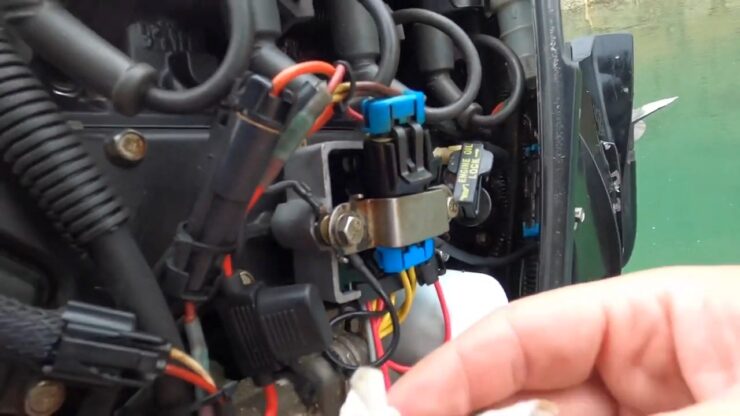
Starting issues are one of the common problems Mercury outboard voltage regulator failure causes. S
tarting issues can also happen for many other problems like faulty stator. Also, fuel pump problems, ignition coil problems, etc.
If there is any problem with the voltage regulator, it will not receive the voltages from the stator. Sometimes it doesn’t respond to the stator as it should.
The blocked voltages will harm the stator and the stator will be damaged for this reason. As a result, the engine will not start in a good way. Sometimes it will be hard to do so.
That’s why if you face any issues with starting the engine, you should check the outboard voltage regulator.
Solution
As you know, this problem can also be because of a faulty stator, ignition coil, and fuel pump too.
That’s why we will suggest you check all of them through a mechanic. It can cost you quite a lot too.
But you can avoid that cost if you know how to test a mercury outboard voltage regulator.
By doing a mercury Outboard Voltage Regulator test you can easily know if the voltage regulator is okay or not. For this test, you will need a multimeter.
Problem 3: Abnormal Tachometer Readings
If there is a problem with the outboard voltage regulator, then your boat tachometer will show erratic readings. It will not show you the exact value as it should be.
The readings of the tachometer are also important for operating a ship.
A tachometer works by measuring the pulses. To generate these pulses, it needs to maintain the proper amount of voltage.
If there is any problem in the outboard voltage regulator, then it can’t maintain that proper voltage.
Then it will show improper readings. Like, it will show you the readings from 2000 rpm to 4000 rpm during cruising. If then turn it off, it will still show you the reading at about 1200 rpm.
Solution
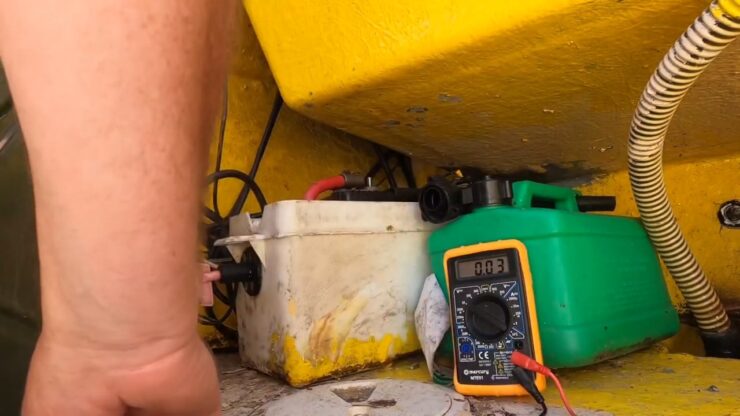
First of all you should check the tachometer if there is any problem in there or not. For this, you will have to use a multimeter.
Then if the tachometer is okay, then you should check the voltage regulator. If there is any problem with the voltage regulator, then you will have to replace it with a new one.
Problem 4: Dead or Overcharging Batteries
It’s a very common symptom that you can face when you have a bad mercury voltage regulator.
Your battery will be overcharged or it will become dead too if the voltage regulator gets damaged.
The voltage regulator regulates and distributes the transformed voltages to the stator.
If there is any problem with the voltage regulator, then the stator can’t provide the energy evenly.
It can provide more voltages to the battery. As a result, the battery becomes overcharged.
The battery can be dead too because of this. Sometimes the stator gets damaged too.
So if you can detect this kind of problem, you should immediately check your mercury outboard and voltage regulator.
Solution
See if the mechanic can repair the mercury outboard and voltage regulator. If yes, then you should give it a chance.
If there is no possibility to repair it, then you will have to replace it. Otherwise, it can damage other parts.
Also, remember to remove and replace the battery with a new one. A dead battery or overcharged battery is very harmful to the vehicle. It can also cause a fire.
Problem 5: Damaged Stator
Damaged stator is one of the common problems of a bad mercury outboard voltage regulator. A bad mercury voltage regulator can easily damage a stator.
The stator is a very important part of the outboard and engine. It helps to operate the engine. As we have mentioned earlier how a bad mercury outboard voltage regulator can harm a stator.
It can completely damage a stator. For which many other problems can be generated. Many other things can also damage a stator like fuel pump problems.
So we would sincerely suggest you look for the problems in the parts too together with a voltage regulator.
Solution
To solve this problem, you will change two things altogether. First, you will have to change a stator. Otherwise, it can damage an outboard motor too to cost more than you can afford.
Then you should think about replacing the faulty voltage regulator. Perhaps by repairing that by an expert mechanic, you will not have to face any of the problems. But it will be better to replace them.
Replacing the voltage regulator on the mercury outboard is the best solution for this one and for the above problems. If you keep the faulty one, then it will damage the other parts and will cost you more.
That’s all. Follow the suggested solutions above to solve your problems.
Problem 6: Bad Connections
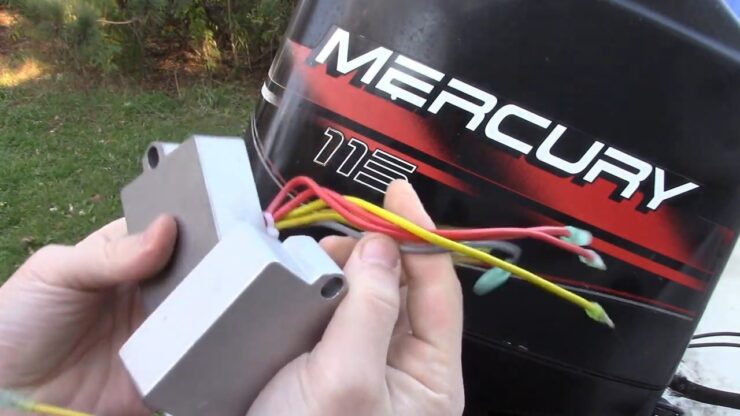
If you are having trouble with your Mercury outboard voltage regulator, it is most likely due to one of two issues: bad grounds or bad connections.
To check for bad grounds, open up the engine cover and inspect the stator for any burnt windings. If you see any, then that is likely the cause of your voltage regulator problem.
To check for bad connections, first make sure that all of the wires are properly connected to the voltage regulator.
Make sure all of the wires are tight and secure, and that there is no corrosion or damage.
Next, check the fuse box for any blown fuses.
Solution
Examine the stator for any burnt windings. If you find any, replace the stator immediately.
Next, check all of the ground wires and connections to make sure they are tight and free of corrosion.
If you find any loose or corroded wires, clean them up and tighten the connections.
Lastly, check the voltage regulator itself for any signs of damage or corrosion.
If you find any problems, replace the voltage regulator as soon as possible.
If neither of these solutions solves your voltage regulator problem, then it is likely that the voltage regulator itself is faulty and will need to be replaced.
FAQs
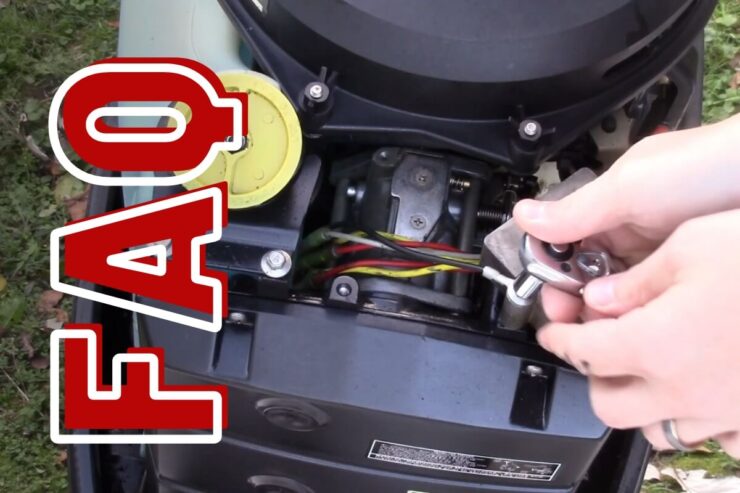
What are the reasons for the failure of the rectifier?
A rectifier can fail for two reasons. They are a large amount of reverse voltage and too much forward current.
As a result, overcurrent will go through and the diode will fail too.
What can cause a no-spark situation?
If there is any problem in the ignition coil, it can cause no spark.
If there is any problem in the voltage rectifier, then it can cause this problem too.
How many types of voltage regulators are there?
Well, you can find three varieties of switching voltage regulators there in the market.
They are step-down, step-up, and inverter voltage regulators.
Wrapping up
Hoping that you now know all the Mercury outboard voltage regulator problems and their solutions. Try to solve those problems according to the symptoms.
It’s time to say goodbye to you. Hope you have enjoyed our article.
I’m Liam Jackson, the proud owner and driving force behind KayakPaddling.net. Born somewhere in the expansive beauty of the United States, I’ve nurtured a lifelong passion for kayaking and fishing that has led me to explore the far corners of our nation’s waterways.
Related Posts:
- How to Test Outboard Stator (What is the Right Way)…
- Mercury Outboard Bad Stator Symptoms - 7 Points to Know
- Boat Tachometer Not Working - 4 Reasons & Solutions
- 16 Best Kayak For Beginners 2025 - Kayaking Adventure Gear
- 10 Best Fish Finders Under $200 2025 - Top Affordable Picks
- 13 Best Fishing Kayak Under $500 in 2025 -…

